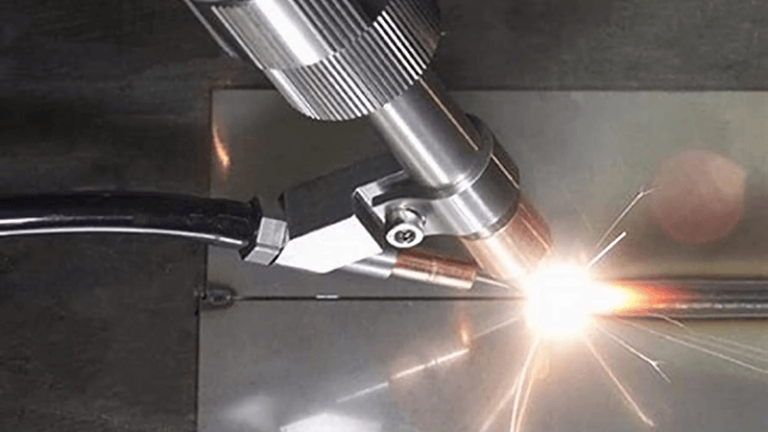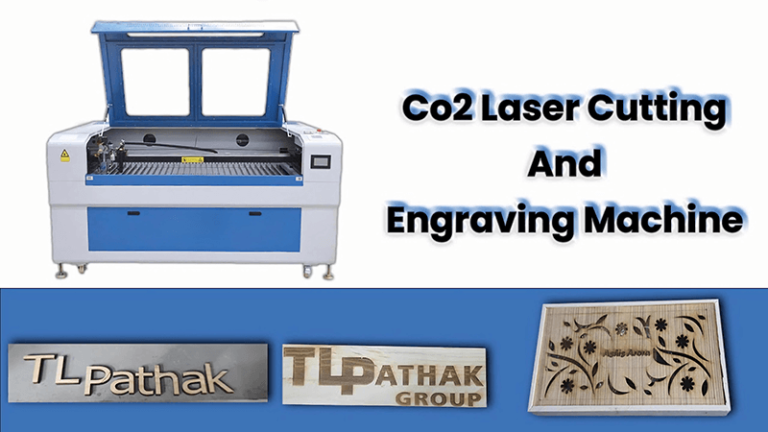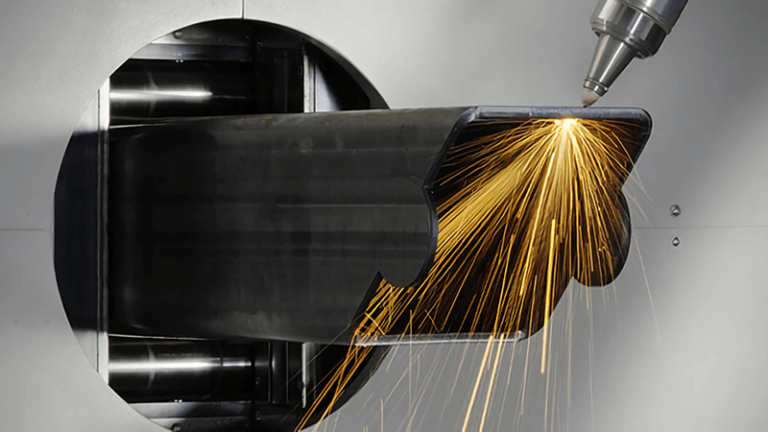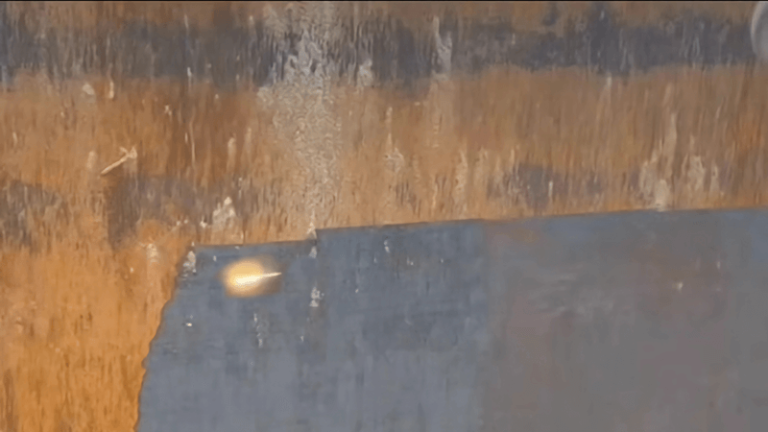If you're still relying on outdated methods to clean steel—like sandblasting or harsh chemicals—then you're losing time, money, and product quality. There's a smarter, safer, and much more efficient solution.
The best way to clean steel today is using a laser cleaning machine. It’s fast, contactless, and protects the metal surface.
Still using wire brushes or chemicals? You might be damaging your steel parts more than you realize. In this article, I’ll break down the best methods to clean steel, and why laser cleaning is the future—especially if you're in manufacturing or industrial operations like many of our clients at Kirin Laser.

What is the best thing to clean steel with?
If your steel surfaces look dull or rusty, you're not alone. Many shops face this problem and waste countless hours using outdated methods.
The best tool for cleaning steel is a laser cleaning machine. It removes rust, paint, and oil without damaging the metal.
Why traditional methods fall short
Common methods
| Method | Pros | Cons |
|---|---|---|
| Sandblasting | Removes tough rust fast | Abrasive, messy, damages base material |
| Chemical solvents | Effective on oil and paint | Toxic, requires disposal, labor-intensive |
| Wire brushing | Cheap and simple | Time-consuming, uneven results |
Sandblasting used to be the go-to. But it’s aggressive. It wears down the surface and often creates more problems than it solves. Chemicals pose safety hazards and disposal issues. Manual brushing is inconsistent and extremely slow for large batches.
Laser cleaning1 solves all of these. It’s fast, non-abrasive, and eco-friendly. It uses high-energy laser pulses to lift contaminants, not grind them away. That’s a game-changer.
Real-world example
I worked recently with a fabrication shop that specialized in custom steel frameworks. They were using sandblasting2 for rust removal, but it took too long and often ruined the surface finish. We recommended our 1000W pulsed laser cleaning machine. After switching, their cleaning time dropped by 60%. The finish stayed intact. And rework practically disappeared.
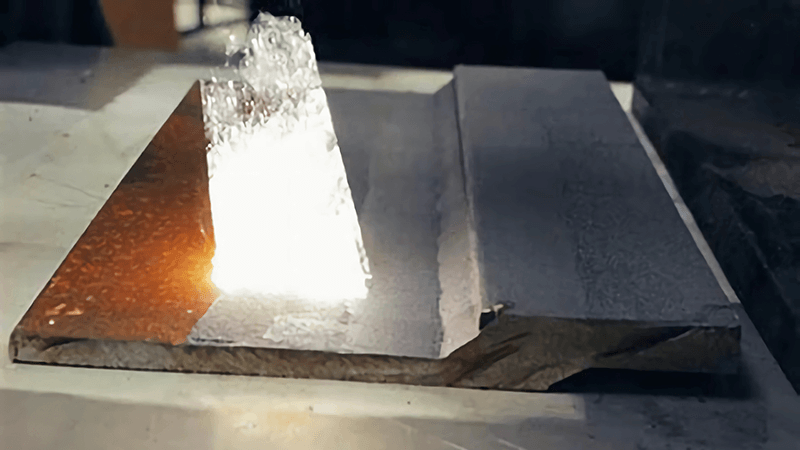
What is the best substance to clean steel with?
It’s easy to assume that cleaning steel requires strong solvents or expensive industrial fluids. But is that really necessary?
Actually, the best "substance" to clean steel isn't a substance at all—it’s a beam of focused laser energy.
Why go chemical-free?
Why avoid chemicals?
| Risk | Impact |
|---|---|
| Toxic fumes | Health risk for workers |
| Disposal requirements | Extra handling and compliance costs |
| Residue left on metal | Interferes with coating/welding steps |
Laser cleaning3 eliminates all these. No residue. No disposal. No PPE suits. Just a controlled beam and a clean surface.
Laser energy excites the contaminants (like rust or oil), heats them rapidly, and causes them to detach from the surface. The base metal stays cool and untouched. That’s something no solvent can do.
At Kirin Laser, we’ve developed machines that adapt to different materials—steel, aluminum, copper—without switching out chemicals or pads. That makes your operation leaner and more consistent.
Good for the planet, too
If your shop is aiming for cleaner production or trying to meet environmental regulations4, laser cleaning helps. There are no emissions, no wastewater, and no storage hazards. Just plug it in and go. It’s that simple.
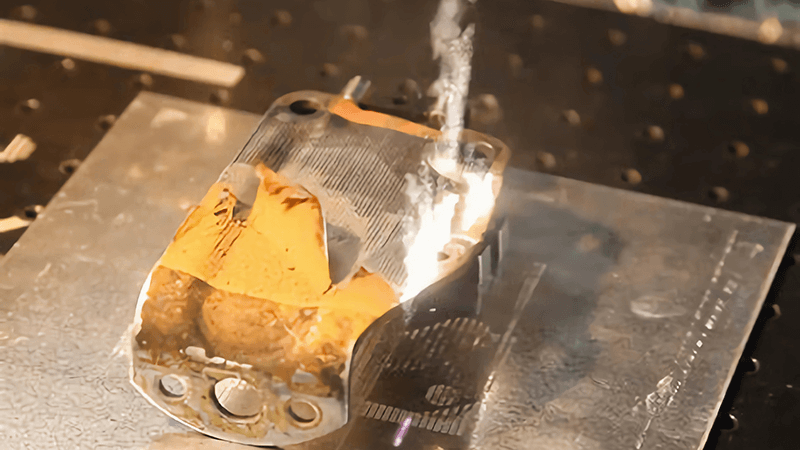
How do you make steel shiny again?
A clean part is good. A shiny part? That’s what sells. But how do you restore that gleam without polishing by hand?
Use a laser cleaning machine. It not only removes grime but restores the steel’s natural shine by vaporizing surface oxidation.
Getting past dull surfaces
What dulls steel?
- Oxidation layers
- Burnt-on oil and grease
- Welding residue
- Corrosion deposits
Even if you remove the gunk, it might still look dark or stained. That’s because oxidation5 changes the surface structure. You need to lift off that micro-layer.
Our laser machines6 can be dialed to a lower frequency and power mode to gently remove surface oxidation without etching or roughening. The result? A bright, reflective surface that’s ready for display, welding, or powder coating.
Comparison: polishing vs. laser
| Method | Time per part | Risk of damage | Consistency |
|---|---|---|---|
| Hand polish | 20-30 min | High | Low |
| Laser | 2-5 min | Zero | High |
If you’re producing in batches, the savings here are massive. You not only improve the look but also reduce bottlenecks in post-processing.
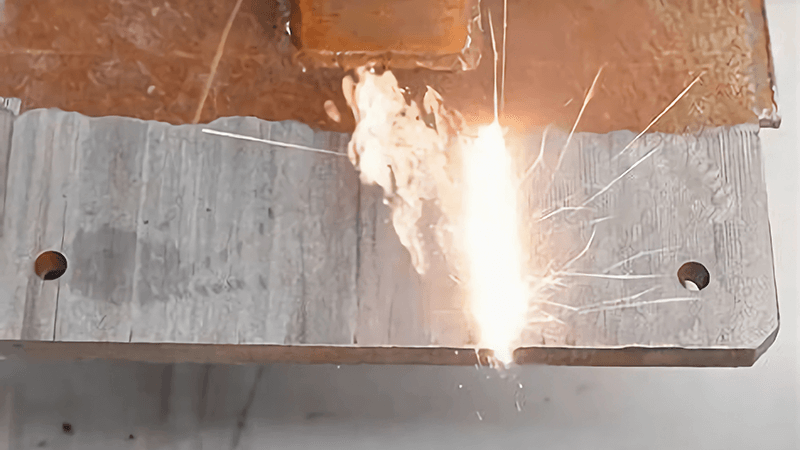
How to clean tough stains on steel?
Oil baked in during cutting. Paint overspray. Weld splatter. These are not your everyday stains. So how do you clean them without scrubbing for hours?
Laser cleaning handles the toughest stains—including weld oxide, burnt oil, and paint—without touching the base metal.
The problem with mechanical tools
Mechanical cleaning struggles when:
- The stain is fused with heat
- The part has corners, welds, or holes
- You need to preserve tight tolerances
A grinder may remove the stain but take the surface with it. Sandpaper can’t reach corners. Chemicals may not react with the stain at all.
Laser cleaning7 shines in these cases. It uses pulsed energy to create micro-explosions on the stain layer. These tiny shockwaves lift off contaminants—even in tight grooves—without affecting the geometry.
Use Case: Post-weld cleanup
We’ve supplied several welding operations with integrated laser cleaning stations. One in particular, a structural steel fabricator, used to grind down welds post-process. Now, with our 1500W laser unit8, they clean weld zones before and after joining—reducing oxidation, improving weld quality, and skipping rework altogether.
Power settings by stain type
| Stain Type | Suggested Power | Comments |
|---|---|---|
| Rust | 1000W – Pulsed | High energy, fast removal |
| Oil/Grease | 500W – Pulsed | Medium setting for safety |
| Paint | 1000W – CW/Pulsed | Use scanner for even passes |
| Welding Oxide | 1500W – Pulsed | Pre/post-weld cleanup |
At Kirin Laser, we help clients adjust power, frequency, and beam width for each use case. We even offer training sessions for your team.

Conclusion
Cleaning steel doesn’t have to be slow, messy, or risky. Laser cleaning technology 9 is now mature enough to replace sandblasting, chemicals, and polishing—especially in industrial environments. At Kirin Laser, we help businesses upgrade their cleaning process with safe, efficient, and customizable machines. Whether you’re dealing with rust, paint, oil, or weld residue, laser is the best tool to clean and restore your steel—fast.
If you're still wondering what to use to clean steel, maybe it's time to rethink the question. It’s not what you use. It’s how smart your process is.
-
Explore the advantages of laser cleaning, a revolutionary method that is fast, non-abrasive, and eco-friendly for rust removal. ↩
-
Learn about the cons of sandblasting, including its abrasive nature and potential to damage surfaces during rust removal. ↩
-
Explore the advantages of laser cleaning technology for efficient and eco-friendly surface preparation. ↩
-
Learn how laser cleaning can assist in achieving compliance with environmental standards and promote sustainability. ↩
-
Understanding oxidation is crucial for maintaining steel quality and preventing dullness. ↩
-
Explore how laser technology can enhance steel surfaces efficiently and effectively. ↩
-
Explore how laser cleaning can revolutionize your industrial cleaning processes with efficiency and precision. ↩
-
Discover how a 1500W laser unit enhances weld quality by efficiently cleaning weld zones, reducing oxidation, and eliminating the need for rework. ↩
-
Find the best laser cleaning machine and laser cleaning solutions from Kirin Laser, cliking this link to get all your needs. ↩


